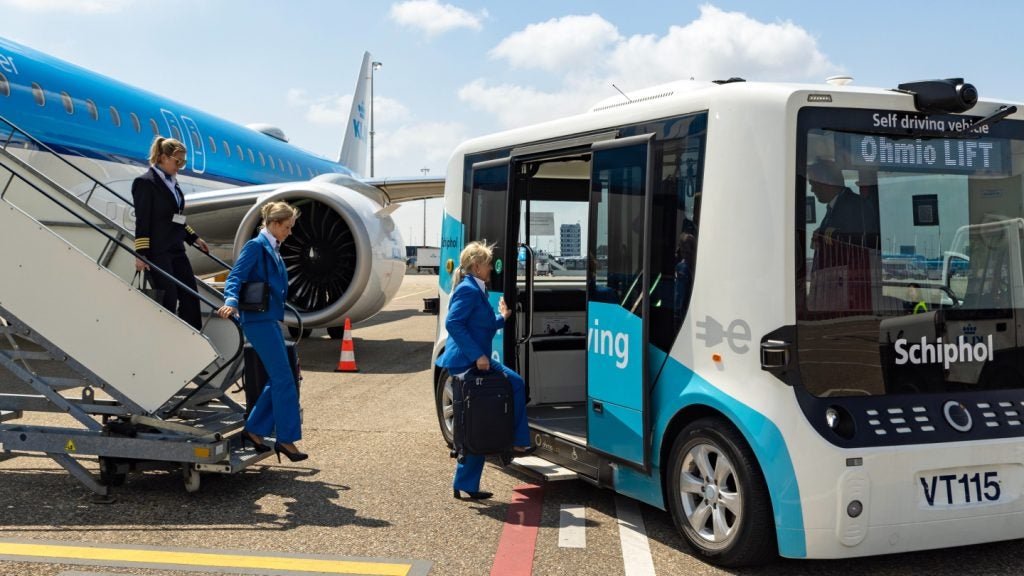Sangley Airport Infrastructure Group and its consortium partners have submitted a $12 billion proposal for the development of the Philippine Sangley International Airport (PSIA).
The development plan for the new airport hub includes the reclamation of approximately 2,500ha of land and the construction of the PSIA.
The proposal was submitted by Taipan Henry Sy Sr. and businessman Wilson Tieng, with the consortium, led by Solar Group’s All-Asia Resources, including Reclamation (ARRC) and the Belle Corp.
Once developed, the airport is expected to accommodate nearly 120 million travellers per year.
Under the proposal, the consortium plans to reclaim 500ha land north of the Sangley peninsula, which will be used to develop airport infrastructure.
The consortium has requested that the government grants a concession period of 50 years to build the airport hub, which will have two parallel independent runways and sufficient airside and terminal capacity.
How well do you really know your competitors?
Access the most comprehensive Company Profiles on the market, powered by GlobalData. Save hours of research. Gain competitive edge.

Thank you!
Your download email will arrive shortly
Not ready to buy yet? Download a free sample
We are confident about the unique quality of our Company Profiles. However, we want you to make the most beneficial decision for your business, so we offer a free sample that you can download by submitting the below form
By GlobalDataWith the additional capacity in place, the airport will be able to accommodate future demand for domestic and international traffic.
The PSIA development will be implemented at no cost to the government.
The development plan also focuses on the rehabilitation of Danilo Atienza Air Base.
Upon inauguration, the air base will be transformed into an ‘aerotropolis’ district where service buildings, office towers, hotels, conference centres and other related developments will come up.
The consortium noted that the design of the new airport will be ‘optimised’ in relation to wind conditions, as well as obstacle limitation surfaces zones.
Additionally, PSIA will decrease on-land restrictions in Metro Manila and operate with a low-noise impact.







